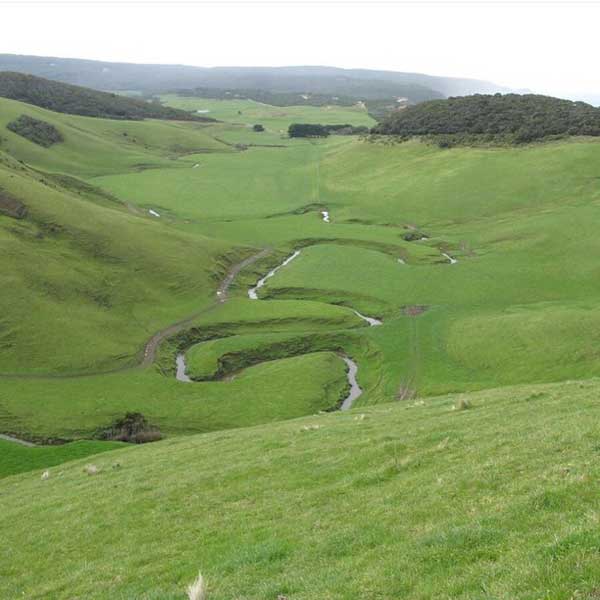Australia For Everyone: Canberra
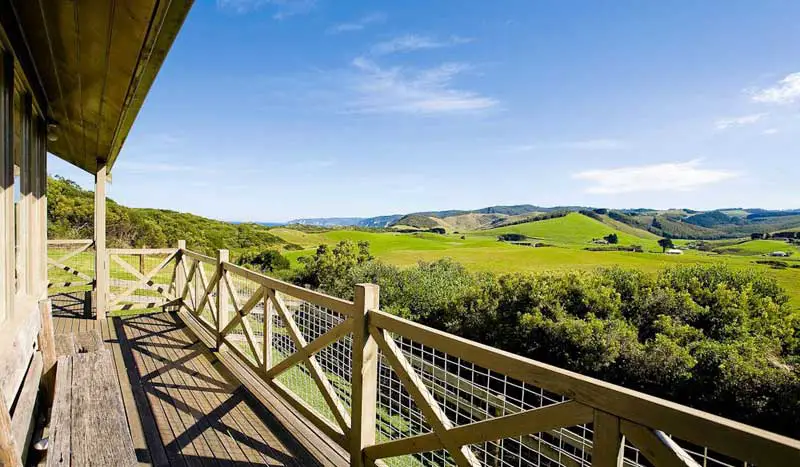
Balcony view, Johanna Cottage, Johanna
Johanna
Located west of Cape Otway in the Colac Otway Shire, Johanna is a rural farming settlement stretching along the coast between Glenaire and Lavers Hill. Rolling hills and lush rain forest meet at the foot of the wild Southern Ocean. Johanna is named after the schooner “Joanna” that was wrecked at the mouth of the Johanna River on 22 September 1843.The area is steeped in history, from the discovery of dinosaur fossils in the Glenaire Valley to the Cape Otway Lightstation, the oldest of its type on mainland Australia.
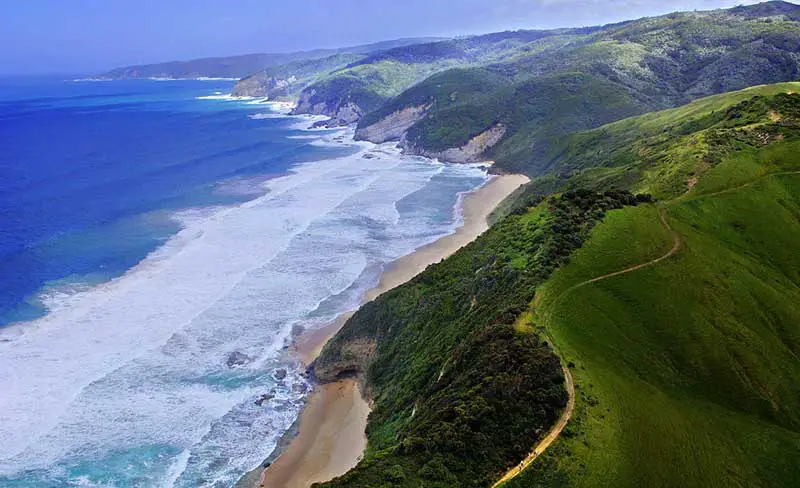
Located in the Otway National Park on the south coast of Victoria, Johanna Beach is the best known surfing location west of Cape Otway. It was the site of the World Surfing Championships in 1970, and its famous left and right breaks are a mecca for surfers. Johanna Beach is just a minute’s drive from the small town of Johanna.
It offers all the benefits of a camping ground on the coast, including swimming, fishing and surfing. There is no ability to launch watercraft as the only access to the beach is down a flight of stairs. The beach is a popular surfing spot that is often the replacement location for the Bells Beach Surf Pro when the waves are low at Bells. The surf beach at Johanna is a stretch of beach breaks, or beach and reef, noted for its power and reputation for rapid jumps in size. Johanna beach is also a very popular fishing spot particularly for schools of salmon. Johanna Beach is the Midway mark of the Great Ocean Walk.
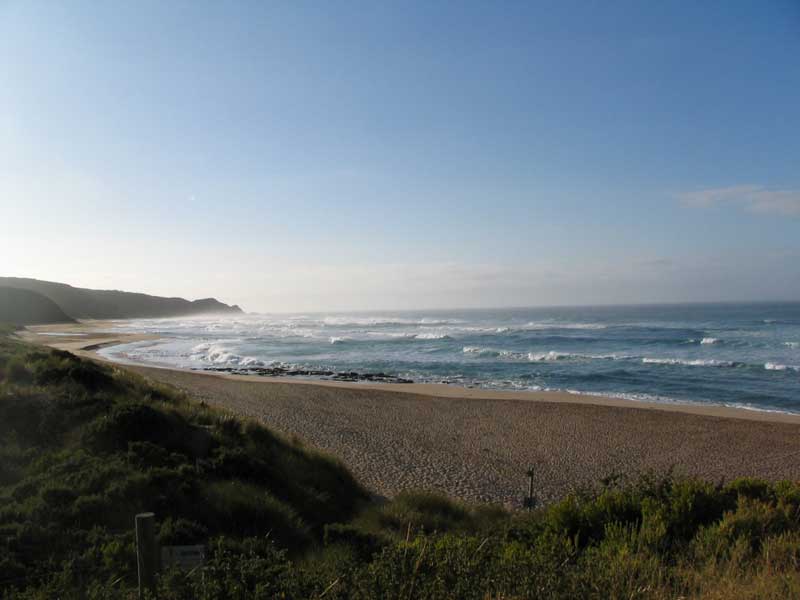
The Johanna River crosses the centre of the beach, with dunes climbing the 30 to 100 m high bluffs behind the eastern half of the beach. Rotten Point forms the eastern boundary and Slippery Point the western. The most noticeable features of the surf zone are the distinct bars and deep rip channels. The bar is 250 m wide and the rips are spaced every 350 m, forming eight bar-rip systems, each capable of holding waves from 1 to 3 m. These transverse bars and rips are a product of the medium sand and persistent high waves. Their spacing is determined by a phenomenon called edge waves (see page 22). The result is the production of bars with deep channels to either side, forming left and right hand breaks off each bar. Because the channels are deep, the beach can hold relatively high, surfable waves before closing out.
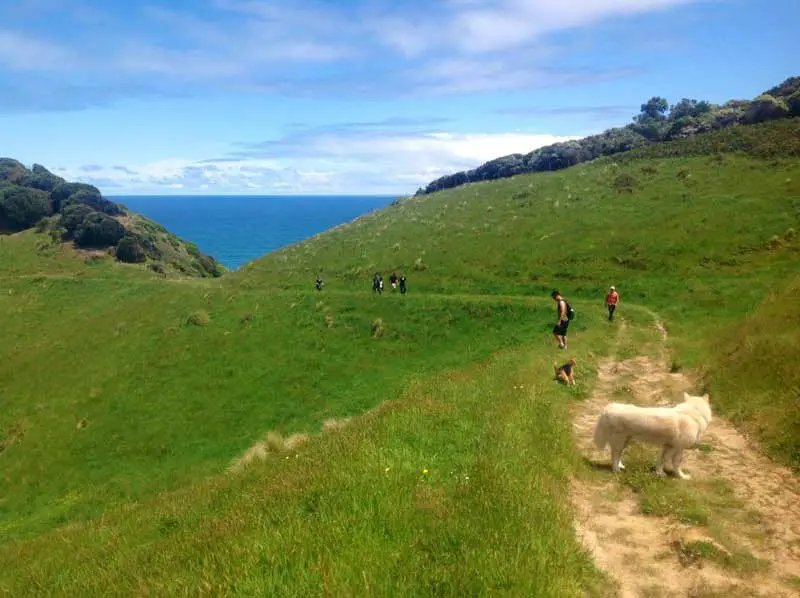
There are two ways to reach it. The first is to turn off the Great Ocean Rd onto Red Johanna Rd, signposted 12 km south of Lavers Hill, and keep going for nearly 5 km. The second is to take Blue Johanna Rd, 3.5 km south of Lavers Hill off the Great Ocean Rd, and follow it for just over 8 km. Note: the second option is a steep, narrow road unsuitable for caravans or camper trailers.
The purpose-built Great Ocean Walk hike-in camping area at Johanna Beach is for hikers doing the Great Ocean Walk. It is set on a ridge with spectacular ocean views. Each camp pad has room for a 2-3 person tent. There is a maximum of 12 people per hiker party, booking no more than four hike-in campsites at each location. Access is off Old Coach Road from the Great Ocean Road.







